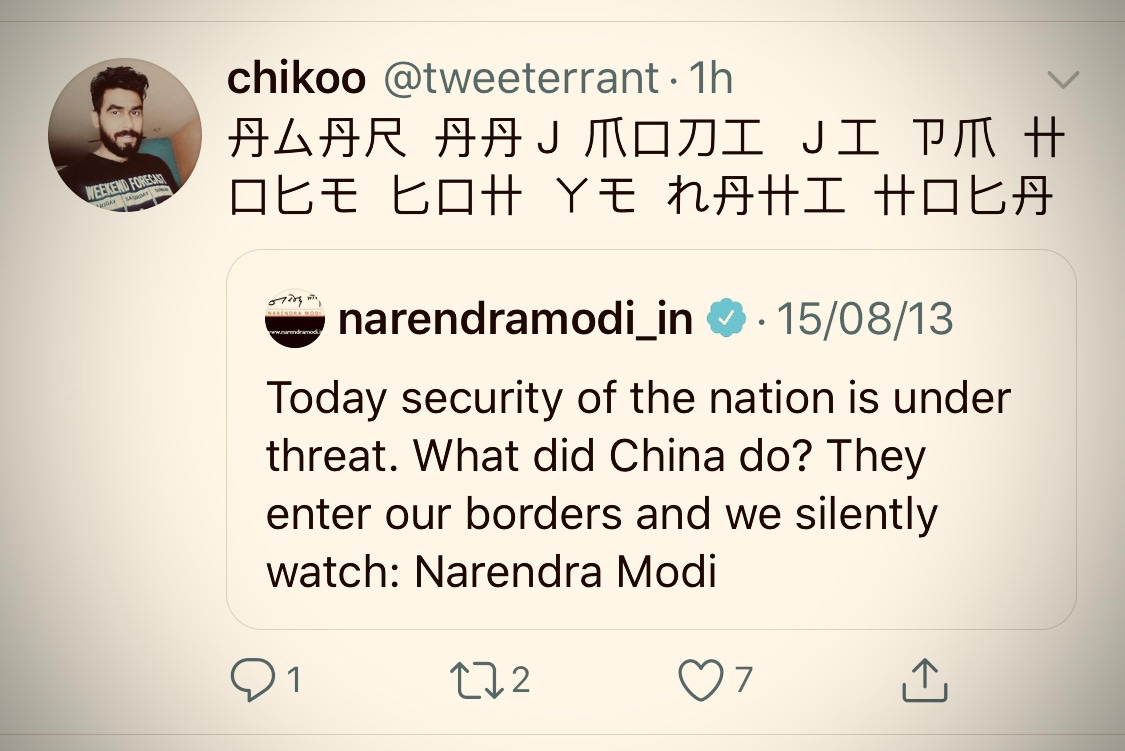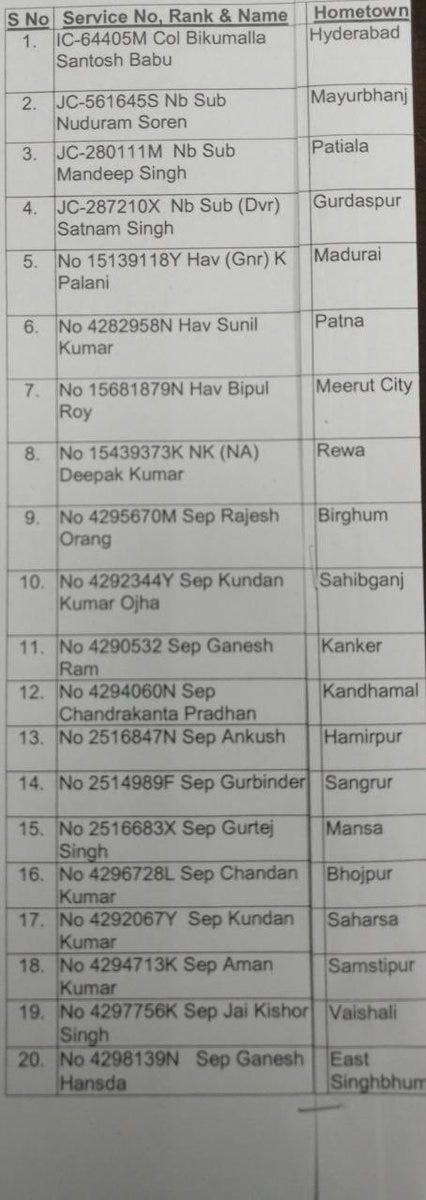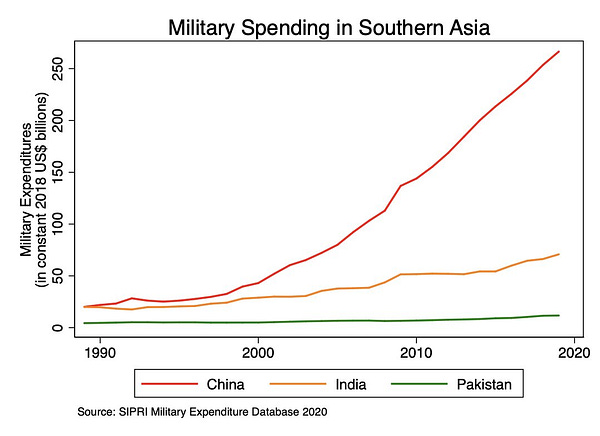Who, what, why, where, how, and what next of the India-China faceoff
And why Thomas Friedman's 'Golden Arches' theory is being tested

What has the PM said about China
Zero. Zilch. Nada. Narendra Modi has said nothing on the “biggest military story since Kargil”. He did not name China during his “interaction” with CMs today. Nor did defence minister Rajnath Singh in his tweet. Nor did home minister Amit Shah.
While otherwise gung-ho BJP folk are happy retweeting Modi’s “assurance” (here, here), Karnataka chief minister B.S. Yediyurappa is the lone-ranger. It took more than 36 hours after the incident for the Army to salute the supreme sacrifice.
The PM’s silence has baffled Pavan K. Varma, the IFS officer turned politician.

What we don’t know
The status of the other Indian soldiers who were injured or held captive. Many defence correspondents had said yesterday the toll was likely to be higher than 20 but there is no news today of additional casualties.
Nor is there any news of Chinese deaths or injuries. An “absolutely untrustworthy and completely verifiable plant” put out by ANI of 43 Chinese casualties and used by many outlets was debunked by the fact-checking website AltNews.
A BBC report said “US intelligence agencies think China suffered a loss of life in the dozens”, but there was no confirmation.
Where did it happen?
Danish Siddiqui, the Pulitzer Prize winning photographer of Reuters has tweeted pictures of the theatre of action (here and here).


Sushant Singh of The Indian Express, a former military veteran, says the 20 Indian soldiers died on the Indian side of the Line of Actual Control.
India’s former foreign secretary Nirupama Menon Rao, parsing through the official People’s Liberation Army (PLA) statement, notes that it refers to the Galwan Valley as being “on the China-Indian border” and that the Indian Army “crossed” the #LAC and “violated their commitments.
But as Indrani Bagchi of The Times of India wryly notes, “China claims all of Galwan Valley as their territory. But there is no Chinese name for the valley.“
How did it happen?
Praveen Swami reports that PLA “kill squads” hunted down the soldiers with clubs n a savage killing spree. The sarkari version harps heavily on the armed combat without firearms, but Ajai Shukla isn’t buying that.


A military official told BBC: “They hit our boys on the head with metal batons wrapped in barbed wire. Our boys fought with bare hands.”
Who were the martyrs
None of the morning newspapers had the names of all the 20 who were killed. Only the names of the officer (Col. Santosh Babu), and his deputies (Havildar K. Palani and sepoy Kundan Kumar Ojha) made it. The Telegraph named Rajesh Orang.
The official list was released by mid-afternoon on Wednesday. It showed the youngest Ganesh Hansda was just 20. Three others were 22. One of them Ganesh Ram Kunjam had been posted to Ladakh about a month ago.


How has Chinese media reported
Very low key. It was not mentioned at all in the People’s Daily and PLA Daily, the official papers of the Chinese communist party and the Chinese army, today. The Chinese edition of Global Times carried it on page 16.
In one newspaper, the news was below the fold, wrote M. Taylor Fravel, an MIT researcher, indicating that China was not trying to mobilise public opinion.
An editorial in China Daily says:
“China has not released details of the deaths and injuries on its side, in an attempt to avoid any notion of winners or losers and prevent any escalation of tensions...”
How has Indian media fared
As always the balanced was drowned out by the brain-dead.
Aaj Tak, the rogue Hindi channel from the India Today group, went on the predictable route of “don’t blame the PM, he is not at the border fighting, it’s the Army,” drawing the ire of many, including Kirti Azad who not long ago belonged to the BJP.


With Chinese brands like Vivo and Xiaomi advertising their “shows”, some called for a boycott of Chinese products, but Narendra Modi’s dependence on the media to spin him out of trouble is visible yet again.
What could happen next
An all-party meeting has been convened for Friday. The initial indications are both sides are working hard to not escalate the situation into a war.
For those who think the India of 2020 is not the India of 1962, Christopher Clary, a political science professor in Albany, has a good reminder.


For military and media folk (here, here) itching for a confrontation, Taba Ajum, a journalist in Arunachal Pradesh, has a message.

War or no war, one thing is for sure. New York Times columnist Thomas L. Friedman’s “Golden Arches Theory” is being severely tested: that no two countries have gone to war since they got a McDonald’s on their soil.
In the words of Nirupama Menon Rao, the former Indian ambassador to China, there’s a bad moon rising on #IndiaChina relations.
Who to follow for information
Shashank Joshi, the defence editor of The Economist, has a list.

What is clear is that reliable information is at a premium and everything should be taken with a pound of salt.
Especially when even “experts” like Ashley Tellis of the Carnegie Endowment for International Peace are giving oxygen to rumours and plants.


Today the world learned
Narendra Modi has met Xi Jinping 18 times.


And they may have something in common.






